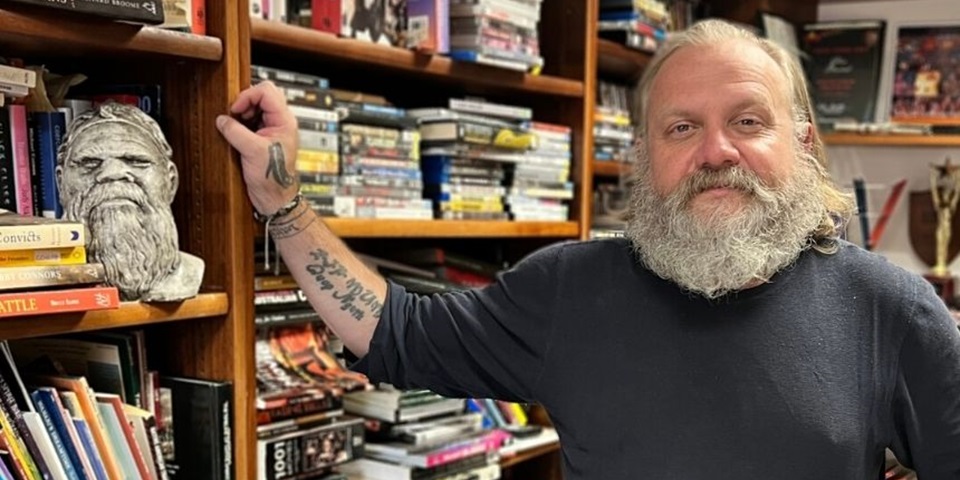Return to Our Story page
News
Boorn wangkiny: Celebrating First Nations storytelling through film

Murdoch University’s School of Media and Communication is known for producing quality, industry-ready filmmakers who go on to work across genres in Australia and around the world.
Lesser known is the impact Murdoch has had on Aboriginal film, both through the creation and celebration of digital Aboriginal storytelling.
In 2023 Murdoch established the Kambarang Indigenous Film Festival.
Held on October 12, the inaugural event showcased four short films produced and directed by Dr Glen Stasiuk, the head of Screen Production at Murdoch: Dandjoo - Be a Voice for Generations; Survivors of Wadjemup; Risen; and A Crying Shame.
The festival takes its name from the Noongar seaon of Kambarang which, from October through to November, is a time of transformation and birth, with an abundance of colour and flowers blooming all around.
Much like the season, Dr Stasiuk’s films represent an explosion of culture, narrative, history and truth-telling. They are modern ‘message-sticks’ helping transform the wider community to engage in Aboriginal narratives and issues whilst nurturing the representation of stories from an Aboriginal perspective and story-frame.
Dr Stasiuk has written, directed and produced some of the most powerful depictions of Western Australia’s First Nations history ever created.
Yet when asked if he makes films for Aboriginal people, he says no, “they already know their story”.
“My films are powerful enough, but you have to allow people to come to them.”

Image caption: Behind the scenes of 'Wadjemup: Black Prison – White Playground' by Dr Glen Stasiuk
He said the inaugural Kambarang festival was a humbling experience.
“Seeing four of my latest productions up on screen as a collective ensemble, it emotively highlighted the struggles but also resilience of the Aboriginal community since colonisation,” he said.
The festival showcases Murdoch’s contributions to Aboriginal film, and in 2024 will celebrate the success of alumni screen productions that have screened in film festivals in Australia and around the world, and/or that have won awards.
“Next year will see a collection of the best 3rd year film productions from the past five years,” Dr Stasiuk said.
“Hence the Kambarang film festival is an eclectic celebration of Screen Production and talented storytelling from the Media Arts Centre and Screen Production Fraternity.”
Murdoch has been showcasing Aboriginal films and filmmakers for years.
The Kambarang festival’s origins can be traced back to 2001 when former Chair of Communication and Media Studies, the late Dr Sharon Delmege and Australian Indigenous Studies lecturer Dr Denise Groves created the Flash (blak) Flix Indigenous Film and Image Festival.
The festival was held in Fremantle as part of the NAIDOC week celebrations and screened short films and feature length films by Indigenous filmmakers.
Storytelling is an integral part of life for Indigenous Australians. In the past, stories were shared verbally around the fire, but Dr Delmege believed in the power of digital storytelling to give voice to Aboriginal Australians.
“Historically, Indigenous voices have been excluded and spoken for by an Australian community that has assumed the authority to determine their right to speak, their right to land and identity," Dr Delmege wrote in her PhD thesis.
As a filmmaker, Dr Stasiuk sees himself as a messenger, a conduit between the hidden, and often tragic, recent history of WA’s Noongar people, and the present day.
“I believe the campfire is still really important, but new media is just as important,” he said.
“The campfire is the projector or screen, and I am the message stick, boorn wangkiny.”
